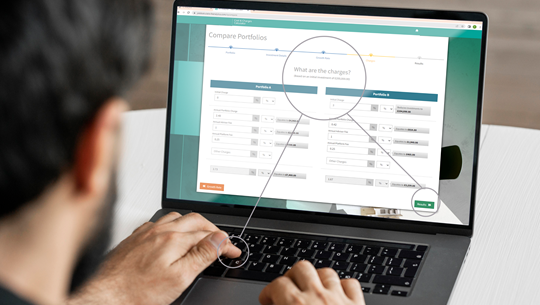On Wednesday 16th October, the Joint Committee of European Securities Authorities (ESAs) published consultation paper JC-2019-63 on amendments to the Regulatory Technical Standards, EU/2017/653, that set out the contents of PRIIPs KIDs.
This is in addition to the review of the PRIIPs Regulation, EU/1286/2014, that is due by the end of 2019 from the European Commission.
Given the widespread criticism of PRIIPs KIDs even before they went live last year, it is no surprise that the consultation focuses on the performance scenarios and the calculation and presentation of costs and charges. It also asks two questions related to UCITS KIIDs:
- Should any changes to PRIIPs KIDs’ content wait until the UCITS exemption ends in December 2021 or should they come in earlier in 2021, if possible?
- What should happen to UCITS KIIDs for professional investors after the exemption ends? PRIIPs KIDs are only required for products available to retail investors, while KIIDs are currently required for all share classes of UCITS. Legislation will be needed to avoid UCITS having to produce KIDs for retail investors and KIIDs for professional investors.
Unusually for a consultation, the ESAs seem genuinely open to suggestions, as they have put forward several options for both performance and costs and also ask for any other proposals that groups may have.
The options for performance scenarios are set out in section 4.1:
- “whether intermediate scenarios (future scenarios for periods shorter than the recommended holding period) should be included;
- whether to indicate in the performance scenario table the estimated probability of each scenario;
- whether a fourth (stress) scenario should be included or alternatively a row showing the minimum investment return;
- whether past performance should be included in addition to forward looking performance scenarios; and,
- whether an illustrative approach (not based on probabilities) to future performance scenarios should be used.”
Concerns include whether past performance could be added without breaching the three-page limit and whether “compensatory mechanisms” should be permitted if the scenarios prove too optimistic or pessimistic.
On costs and charges, two key problems have been identified that the ESAs believe need to be addressed – retail investors don’t understand the annualised equivalent of one-off costs and implicit transaction costs using the slippage methodology have sometimes been shown to be negative.
Four options are offered to replace the current Costs Over Time (RIY) and Composition of Costs tables, which include the following suggestions:
- removing intermediate periods for PRIIPs with a recommended holding period (RHP) under 8 years;
- more narrative descriptions of each type of cost;
- clarification of how much of the ongoing costs are management fees;=
- showing each cost type as a currency amount at 1 year and the RHP; and
- merging the information in a single table showing each cost in currency terms and the RIY in percentage impact.
The slippage cost methodology for transaction costs is still proposed, subject to total transaction costs never being less than the explicit costs, ie negative implicit costs or anti-dilution mechanisms that exceed the implicit costs should be counted as 0.
Three quotes form the consultation stand out in respect of transaction costs:
- “when slippage is calculated over many transactions, this random element should average out to approximately zero”;
- “the figures shown in the KID [must be] an accurate reflection of the actual costs incurred”;
- “the ESAs…intend to adjust the rules such that negative transaction costs can never be disclosed”.
So, in spite of averaging out in the long term to “approximately zero”, the slippage cost methodology is expected to remain. And KIDs must show accurately the costs incurred, unless the slippage cost methodology delivers negative implicit costs, in which case expediency comes into the equation.
The consultation ends on 13 January 2020.
Key clauses from JC-2019-63 PRIIPs KID Consultation Paper
Download our summary and highlights of the key clauses contained in consultation paper JC-2019-63.


